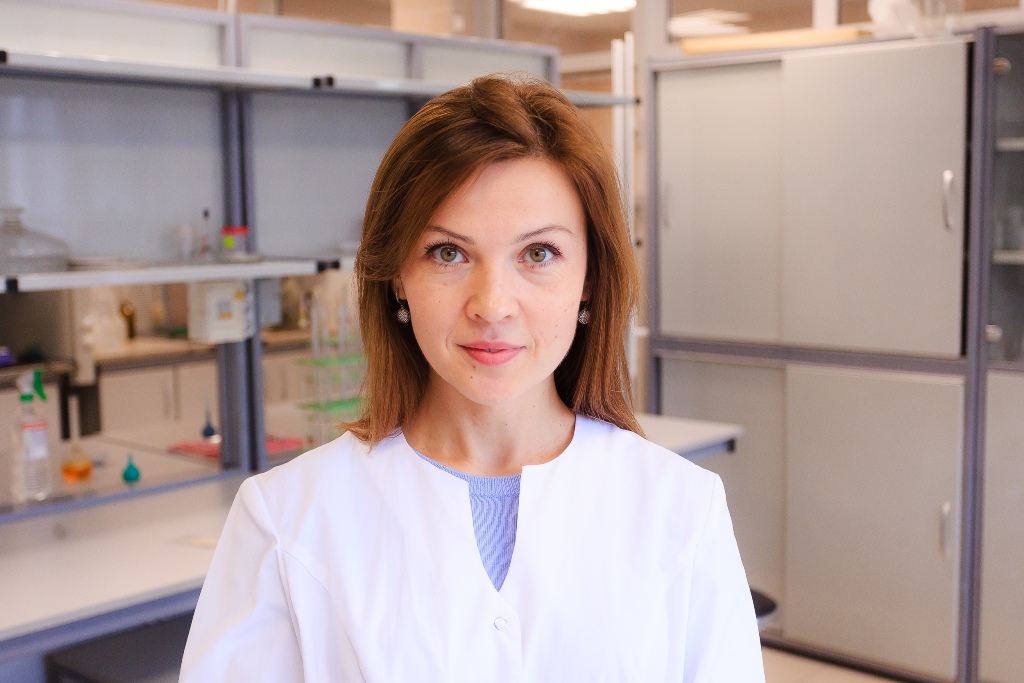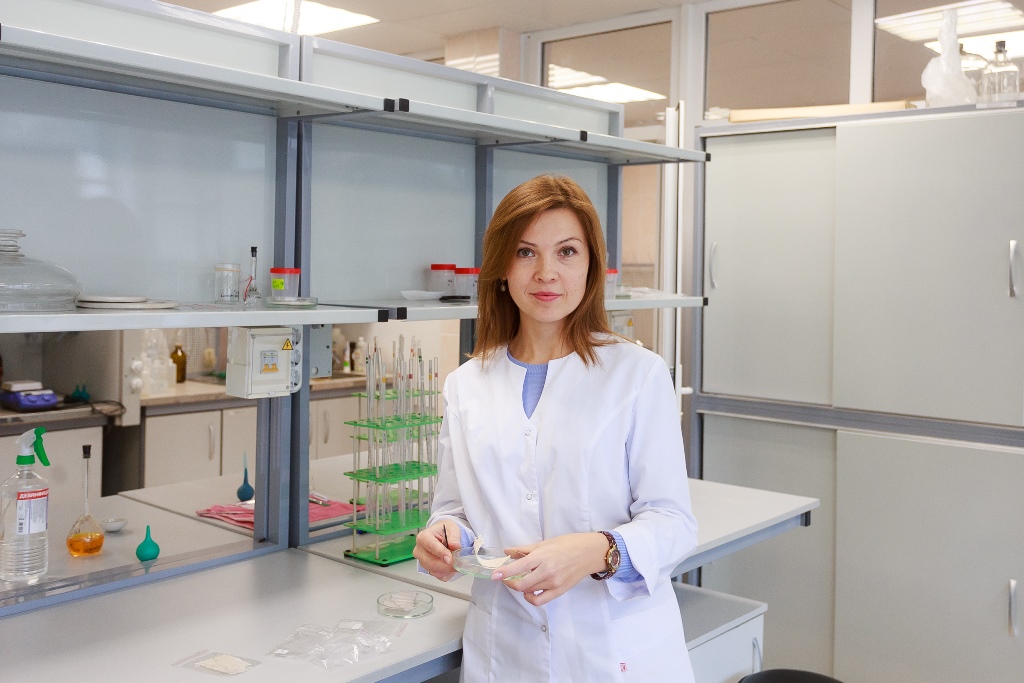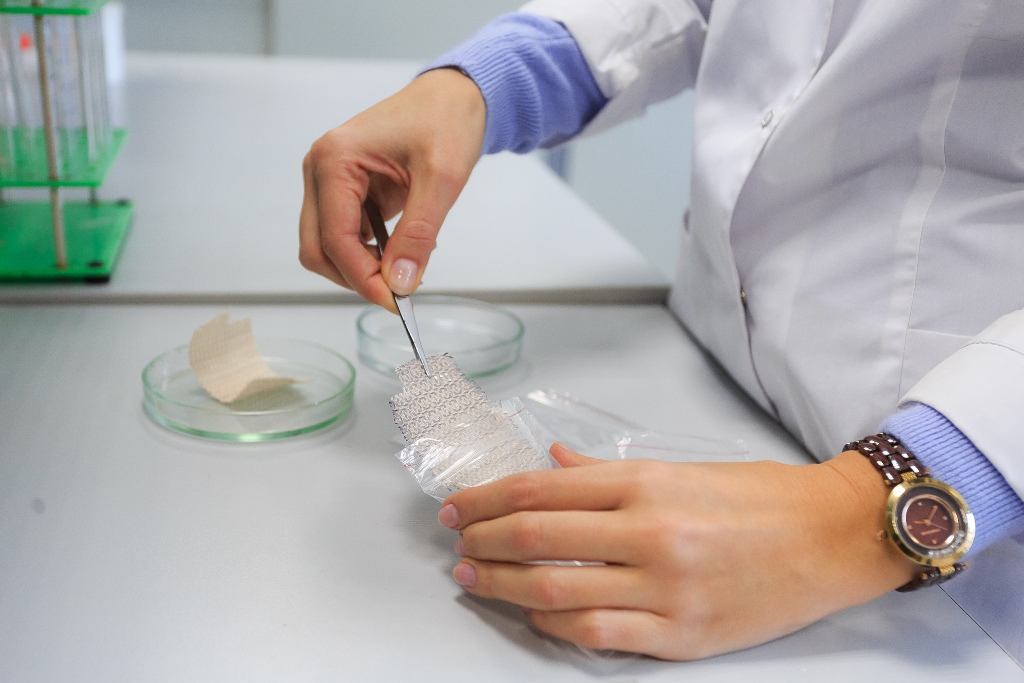Using photocatalysts to purify water, air, and other environments is a worldwide trend in chemistry. However, most photocatalysts require daylight to function because they operate by photosynthesis. In the TSU strategic project Safety Technologies, scientists at the Faculty of Chemistry of Tomsk State University are working on new types of catalytic materials for air purification that will function both in the daylight and in the dark. The research is supported by the program Priority 2030.
“Air pollution is one of the evergrowing environmental problems in need of urgent solution,” says the project lead, Ekaterina Lyutova, candidate of technical sciences, associate professor of the Department of Inorganic Chemistry of the TSU Faculty of Chemistry. “Between 2015 and 2021, industrial waste disposal increased by 34 percent. The waste content includes the main bacteriological and chemical pollutants impacting human health, water, and air. Simultaneously, the negative impact caused by CO2 emissions is also increasing. That is why scientists from various countries are working on effective catalysts necessary to preserve human health.”

According to the scientist, plasma-chemical, ozone, and other classic purification methods are losing relevance because of residual ozone that must be removed thermally. Among the advantages of photocatalytic catalysts are efficiency, affordable price, and environmental friendliness. TSU scientists will be using titanium dioxide, a stable and non-toxic compound, as the base for the new material.
“This material is already being used for air purification in some countries, but the photocatalytic absorption activity of titanium dioxide is possible only in the presence of ultraviolet radiation. For this reason, the catalyst cannot be effective if there is no sunlight,” says Ekaterina Lyutova. “We can overcome this restriction by modifying the surface or structure of TiO2 with metals or nonmetals. We will do this as part of our project using silver and silicon ions (Ag+/Si4+). Fiberglass material will be used as the catalyst carrier.”

The photocatalyst production technology will include the sol-gel method, which is in line with the green chemistry concept, as well as the titanium dioxide surface impurity modification method. A photocatalytically active coating based on TiO2–Ad2O/SiO2 will be applied to a fiberglass carrier by soaking, which ensures the simplicity and profitability of the manufacturing technology of air purification filters.
“Even microscopic doses of ions of silver are effective, so they will not make the end product unaffordable,” explains the Faculty of Chemistry scientist. “At the same time, this metal will increase the antibacterial activity of titanium dioxide and enable the photocatalyst to work even in the dark.”

The chemists will evaluate the antibacterial and bacteriostatic properties by means of serial dilutions of microorganisms on a solid medium. For example, one of the test organisms will be Escherichia coli. They will present the results of their work at the end of 2023. The finished product can be used for air purification both in apartments and in large spaces, including production facilities, shopping malls, and airports.